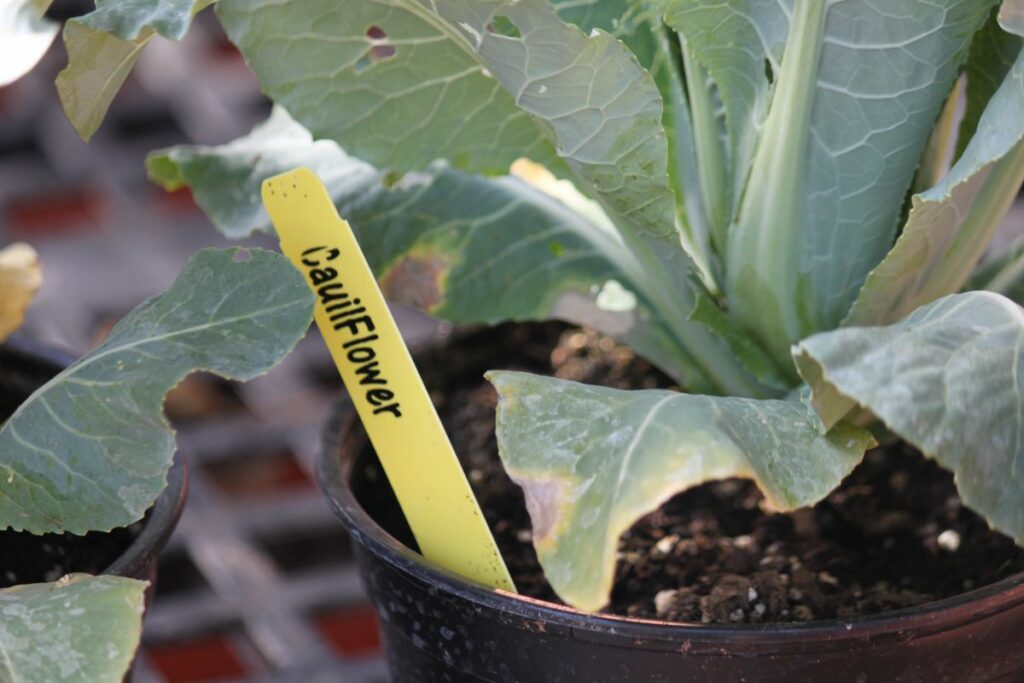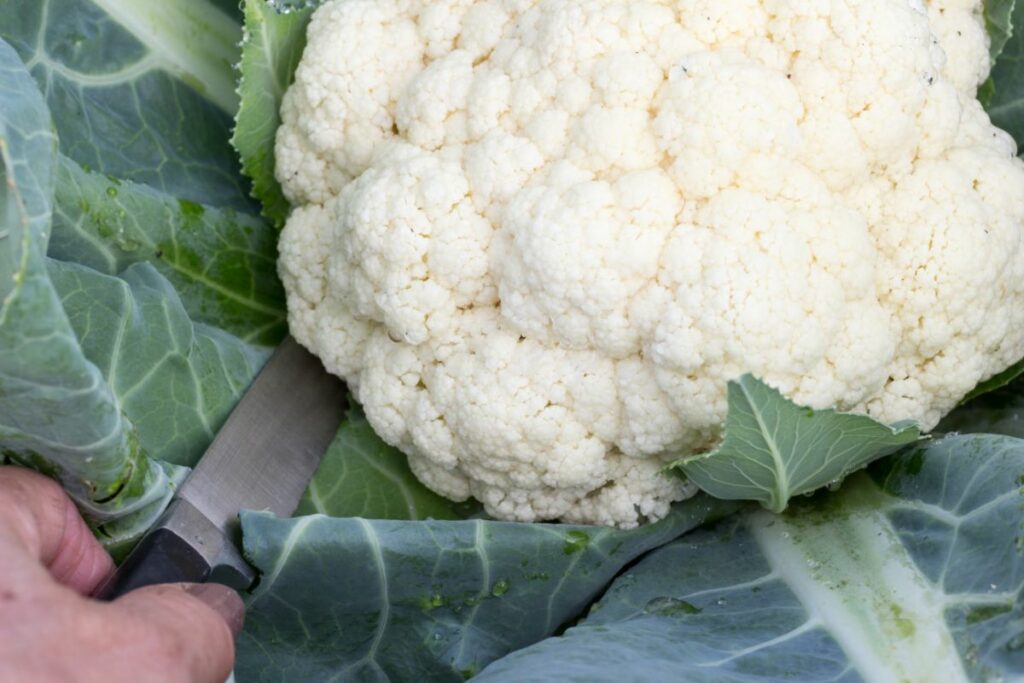Growing your own vegetables offers a unique touch of freshness and taste that store-bought produce rarely matches. Among various vegetables, cauliflower stands out as not only a nutritional powerhouse but also a versatile kitchen staple. Cultivating cauliflower may seem daunting, yet it’s a pursuit filled with gratification. Even without a traditional garden space, you can still achieve a bountiful cauliflower harvest.
With the right approach, even the smallest of spaces can yield an impressive cauliflower crop. This guide will show you how to successfully nurture these vegetables in pots, making it possible to enjoy homegrown cauliflower from places as limited as a patio or balcony. It’s a simple process tailored for urban dwellers or those with limited outdoor areas, ensuring no one misses out on the pleasure of gardening.
Selecting an Appropriate Container
- Depth & Width: Choose a container that measures 12-18 inches in both depth and width.
- Drainage Holes: Make sure your container has multiple holes at the bottom.
- Cauliflower Roots: Adequate drainage is vital as cauliflower roots can rot in overly moist soil.
Optimal Soil Composition for Cauliflower
- Soil Type: Utilize a well-aerated, nutrient-rich mix
- Components: Blend garden soil, compost, perlite or vermiculite equally
- Benefits: Promotes robust growth and effective drainage
Selecting a Superior Cauliflower Breed

- Ideal Varieties: Opt for breeds with a reputation for cultivating substantial heads, such as ‘Snowball’, ‘Autumn Giant’, and ‘Amazing’.
- Optimal Growth: These varieties flourish in container gardens and are known to yield generously-sized heads.
- Quality Seedlings: Secure transplants from established nurseries for best results.
- Seed Starting: Sow seeds indoors around 4–6 weeks prior to transitioning them outside.
Growing Steps: Transplant Embedment
- Pot Preparation: Arrange a suitable soil blend in your container, stopping an inch below the brim.
- Insertion: Gently position the cauliflower youngling in the center, ensuring its base aligns with the soil’s surface.
- Initial Watering: After placing the plant, drench the soil to secure the roots within their new home.
Essential Light and Water for Cauliflower Growth

- Sunlight: Ensure your cauliflower gets a minimum of 6 hours of sunlight daily.
- Watering: Water the plant to keep the soil consistently moist. Avoid over-saturation.
- Check soil moisture with your finger; water when the top inch is dry.
Nourishing Cauliflower Growth
- Apply a balanced, water-soluble fertilizer to your plants bi-weekly.
- Increase nitrogen levels as the cauliflower head develops.
- Avoid excess fertilizer; it can cause unwanted leafy growth.
Blanching Process
When the cauliflower is in its egg-sized growth phase, initiate blanching. This process includes:
- Shielding the cauliflower by wrapping the outer leaves over the head.
- Securing the leaves with either twine or rubber bands.
- Protect until it’s time to harvest to preserve the head’s whiteness.
Vigilance Against Garden Invaders
- Pests: Check for aphids, caterpillars, and slugs.
- Management: Apply neem oil or insecticidal soap as necessary.
- Disease Prevention: Enhance airflow; avoid excessive watering to deter mold and mildew.
Gathering Your Cauliflower

When your cauliflower’s crown is densely packed, typically between 6-8 inches across, it’s time to collect it. Sever the head from the main stalk, leaving a handful of protective leaves intact. Relish in the fruits of your labor direct from your homegrown plot.
Cultivating cauliflower in containers, if approached with the right care, yields not just a flavorful bounty but also a sense of accomplishment from producing a substantial feature for your culinary spread directly from a compact growing space.

